Dunnage Meaning: What Is It & Why Use It For Ecommerce?
I'm looking for...
When it comes to shipping and handling for ecommerce businesses, dunnage is often overlooked. But here’s the thing: dunnage is more than just packing material—it plays a crucial role in protecting products during their journey to customers.
For ecommerce owners, understanding why dunnage is important can make a big difference in ensuring that products arrive in good condition.
In this article, I’ll explore the world of dunnage and its significance in ecommerce shipping. We’ll cover everything from the different types of dunnage materials to tips on using it effectively.
By the end, you’ll have the knowledge you need to enhance your packaging process and keep your customers satisfied. Let’s get started!
Create Your Online Store in just 5 Minutes – For Free
Pick your niche, our AI builds your store, add 10 winning products and we teach you how start selling today. Start picking your niche
What Is Dunnage?

When you’re in the ecommerce game, the definition of dunnage is more than just a buzzword—it’s a critical component in your logistics arsenal.
Think of dunnage as the protective buffer that stands between your products and the perils of shipping.
It’s the unsung hero ensuring items arrive at their destination in tip-top shape.
But what exactly constitutes dunnage? Let’s dig into the types of dunnage materials and uncover why they’re indispensable for ecommerce owners.
Examples of Dunnage Materials
Dunnage comes in various forms, each with its unique properties and uses. Here are some common types:
Types of Dunnage Materials
- Planks: Typically made from wood, planks are sturdy and can support heavy loads. They’re often used in shipping large machinery or equipment to distribute weight evenly.
- Blocks: Like planks, blocks are frequently wooden and serve to stabilize cargo during transit. They can be placed strategically to prevent movement within containers.
- Boards: Boards are thinner than planks but still provide excellent support and protection for packaged goods.
These examples illustrate the versatility and essential nature of dunnage. Let’s explore how these materials function in real-world scenarios:
Functions of Dunnage Materials
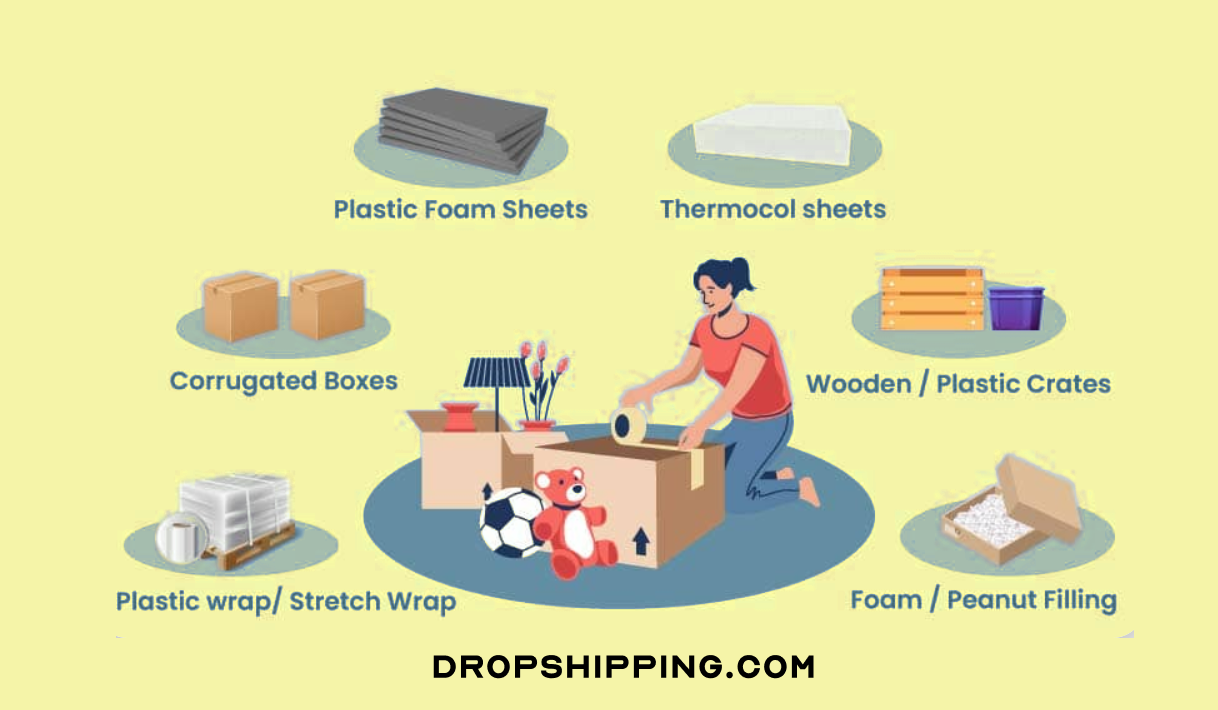
- Airbags: Also known as inflatable bags, these are used to fill voids inside shipping containers, preventing cargo from shifting.
- Bubble Wrap: A favorite for small, fragile items; bubble wrap cushions impact and reduce the risk of breakages.
- Foam Sheets: Soft yet resilient, foam sheets wrap around delicate items for added protection against scratches and jolts.
- Corrugated Inserts: Molded to fit around an object, these inserts create a snug nest that holds products firmly in place during transport.
Each type of dunnage material plays a specific role depending on the product being shipped.
Whether it’s heavy-duty blocks supporting industrial equipment or soft foam enveloping a delicate vase, selecting the right dunnage ensures that items stay secure from point A to B.
Picture this: You’ve sold a beautiful ceramic bowl—a must-have decor piece for any modern home. It’s ready for shipment, but without proper cushioning, it might not survive the journey intact. Enter bubble wrap and foam inserts; they embrace your bowl like a protective cocoon, ready to absorb any shocks along the way. That’s dunnage at work—silent yet effective.
By understanding and utilizing these materials wisely, ecommerce owners can significantly reduce damaged goods claims and keep customers smiling upon unboxing their purchases. It’s clear that whether you’re shipping something as robust as auto parts or as fragile as glassware, there’s a solution tailored to meet your needs.
The Significance of Using Appropriate Dunnage
At its core, dunnage refers to the materials used to protect goods during shipping and handling. So, these materials cushion products, keeping them secure from movement, vibration, and the stress of transit.

Why is choosing the right dunnage so important?
 Preventing Product Damage
Preventing Product Damage
Different goods require specific types of protection. For example, fragile items might need foam padding, while heavier items could benefit from sturdier options like wood or plastic supports.
So, selecting the appropriate types of materials ensures that each product arrives at its destination in top-notch condition.
 Cost Efficiency
Cost Efficiency
Using unsuitable dunnage can be costly. If items are damaged in transit due to poor packaging choices, businesses face not only the cost of replacements but also the potential loss of customer trust and future sales.
 Optimized Packaging
Optimized Packaging
Proper dunnage fills voids within a shipping container effectively, which can prevent excessive movement.
By understanding its definition and applying it correctly, you can optimize your packaging — saving on material costs and reducing waste.
When items are packed with care and supported by suitable dunnage, they stand a much better chance of surviving the journey unscathed.
This focus on using proper dunnage safeguards your products against common shipping hazards and upholds your brand’s reputation for delivering items in perfect condition.
Dunnage Solutions for Ecommerce Businesses
Let’s jump right into the meat of this hot topic. As an ecommerce business owner, you face unique challenges when it comes to product packaging and shipping.
Your primary concern? Ensuring your products reach customers in pristine condition. This is where dunnage plays a pivotal role.
Dunnage for Fragile Items in Ecommerce Shipping
For fragile items, materials that provide cushioning and shock absorption are crucial. Let’s explore some popular options:
Bubble Wrap
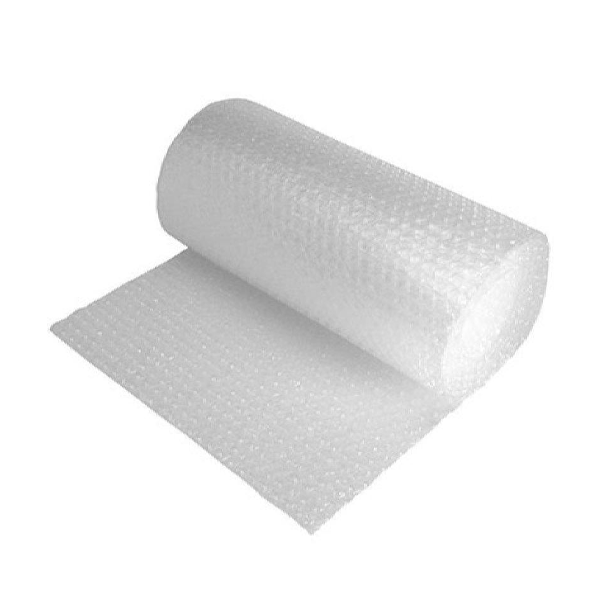
This is a go-to solution for many because of its practicality and effectiveness. It provides excellent protection by creating a cushioned layer around the product.
However, while it’s convenient and versatile, it isn’t always the best choice for very heavy items due to potential popping.
Foam Inserts
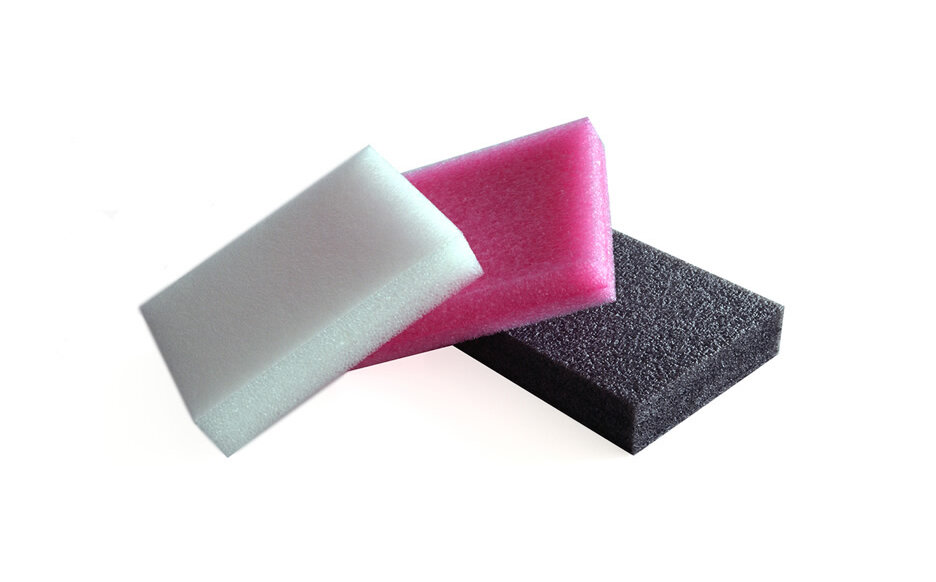
These are custom-made to fit specific items, offering superior protection by reducing movement during transit. However, foam inserts can be more expensive than other options due to the cost of customization.
Air Pillows vs. Packing Peanuts

Both these options offer good protection but have different applications. Air pillows are lightweight, easy to use, and great for filling voids in boxes to prevent product movement.
On the downside, they can pop under heavy pressure. Packing peanuts on the other hand are very efficient at filling gaps, but they can be messy and not environmentally friendly unless you opt for biodegradable versions.
Moisture Protection Strategies with Dunnage
Protecting your products from moisture damage during shipping is another key concern in ecommerce businesses. Depending on your product type and shipping environment, different strategies may apply:
- Moisture Barrier Bags: If you’re shipping products through high-humidity environments, these bags can be a lifesaver! They provide an effective barrier against humidity, ensuring your products arrive moisture-free.
- Desiccant Packets: These small packets are filled with substances that absorb excess moisture during transit. They’re often used for products that are sensitive to humidity, such as electronics or certain types of food items.
So, in all, choosing the right dunnage for your ecommerce store can significantly impact the condition of your products upon arrival. It’s not a decision to be taken lightly!
How To Choose The Right Dunnage Materials?
Selecting the proper dunnage materials for industrial shipping is more than a necessity—it’s an art.
Ecom owners know that the right choice can mean the difference between a product arriving in pristine condition and one that ends up compromised.
Therefore, let’s dive into the various types of dunnage materials available and dissect their pros and cons.
Wood Dunnage

- Durability: Wood is a tried-and-true option known for its strength, making it ideal for heavy-duty applications.
- Customizable: It can be cut to fit any dimension, accommodating a wide array of product sizes.
- Cost-Effective: Generally less expensive than other materials, wood offers an economical solution without sacrificing protection.
- Sustainability: With an increased focus on eco-friendly practices, it’s key to source wood dunnage from responsible suppliers that ensure renewable harvesting.
Considerations for Using Wood:
- Weight: Heavier than other options, which might affect shipping costs.
- Pest Control: Requires treatment to prevent insect infestation during international transit.
- Moisture Sensitivity: Can absorb moisture, potentially warping or fostering mold growth if not properly treated or used in damp conditions.
Plastic vs. Metal Dunnage
When deciding between plastic and metal dunnage, consider the specific needs of your shipment:
Plastic Dunnage

- Lightweight: Easier handling and lower transport costs.
- Corrosion Resistance: Ideal for shipments exposed to moisture or chemicals.
- Flexibility: Comes in various forms like sheets, airbags, or foam inserts to snugly protect items.
Metal Dunnage
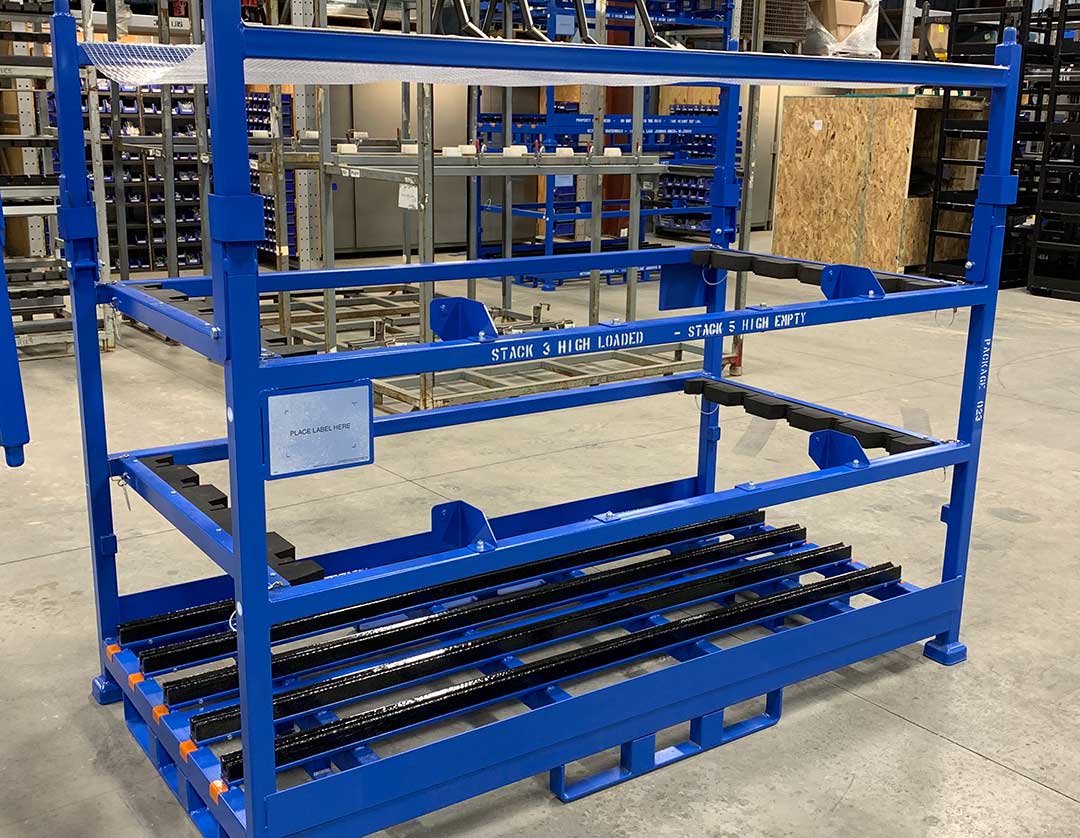
- Strength: Unmatched for supporting very heavy loads without deforming.
- Longevity: Highly durable and can be reused multiple times.
- Secure: Excellent for locking loads in place, especially when dealing with large machinery or components.
Choosing Between Plastic and Metal:
- Type of Cargo: Heavy machinery may necessitate metal’s strength, whereas consumer goods often pair well with plastic’s versatility.
- Shipping Environment: Exposure to harsh environmental conditions could sway you towards corrosion-resistant plastics or stainless steel metals.
- Budget Constraints: Metal can be more costly upfront but might offer better long-term value through reusability.
Remember, every e-commerce business has unique shipping requirements. Assess your products’ characteristics thoroughly before making a decision. The right dunnage turns potential disaster into smooth sailing—protecting your bottom line and ensuring customer satisfaction.
How To Include Dunnage into the Shipping Process
When it comes to dunnage in shipping and handling, its role is nothing short of critical. Dunnage acts as the silent guardian of your products, ensuring they arrive at their destination in pristine condition.
Also, it’s not just about filling spaces. Thus, it’s about smart protection tailored to each item’s needs.

 The Integral Role of Dunnage in Ensuring Safe Product Delivery
The Integral Role of Dunnage in Ensuring Safe Product Delivery
The journey from warehouse to customer is fraught with bumps, jostles, and shifts that can turn a perfect product into a disappointing delivery. So, here’s how it steps up:
- Vibration Dampening: It absorbs shocks and vibrations, which is essential for delicate electronics or glass items.
- Load Distribution: Properly placed dunnage ensures that weight is evenly distributed, preventing box deformities or product warping.
- Bracing Products: It prevents items from shifting inside their boxes, which could lead to abrasion or impact damage.
 Best Practices for Using Dunnage in the Shipping and Handling Process
Best Practices for Using Dunnage in the Shipping and Handling Process
To truly harness the protective power of dunnage, follow these best practices:
Assess the Product’s Vulnerabilities
- Identify potential stress points on your product.
- Determine what kind of forces (compression, impact, vibration) pose the greatest threat.
Choose the Right Dunnage Material
- Opt for bubble wrap or foam inserts for shock absorption.
- Use corrugated wraps or air pillows for lightweight cushioning.
Proper Placement and Usage
- Ensure the dunnage is snug but not overly compressed; this reduces its effectiveness.
- Fill all voids but avoid overstuffing, which can put undue pressure on boxed items.
Train Your Packing Team
- Educate team members on the best practices for dunnage use.
- Create standard operating procedures to maintain consistency in packing quality.
By integrating these strategies into your shipping process, you create a fortified layer of defense around your products. Also, remember that the goal is not merely to pack but to pack smartly, using dunnage strategically for maximum product safety.
The right approach to dunnage in shipping and handling not only minimizes returns and customer complaints but also builds a brand reputation for delivering excellence right to the doorstep.
With each package shipped securely with thoughtfully chosen and placed dunnage, trust grows—a cornerstone for any successful ecommerce business.

 Considering the Environmental Impact of Dunnage Choices
Considering the Environmental Impact of Dunnage Choices
In the world of ecommerce, every bit counts in the race toward sustainability. As responsible business owners, it’s our job to examine the environmental considerations for dunnage. Making environmentally conscious choices not only reflects positively on your brand but also contributes to a healthier planet.
 The Environmental Implications of Dunnage Materials
The Environmental Implications of Dunnage Materials
Dunnage materials, although vital for safe product delivery, can pose environmental challenges.
- Wood: Although a natural resource, unsustainable logging practices for wood-based dunnage can contribute to deforestation and ecosystem disruption.
- Plastic: Plastic dunnage often ends up in landfills or oceans, leading to pollution and harm to wildlife.
- Metal: While highly durable and reusable, metal extraction processes can be energy-intensive and polluting.
It’s clear that these materials have their drawbacks from an environmental perspective. So what’s the solution?
Eco-Friendly Alternatives: Recycled Materials
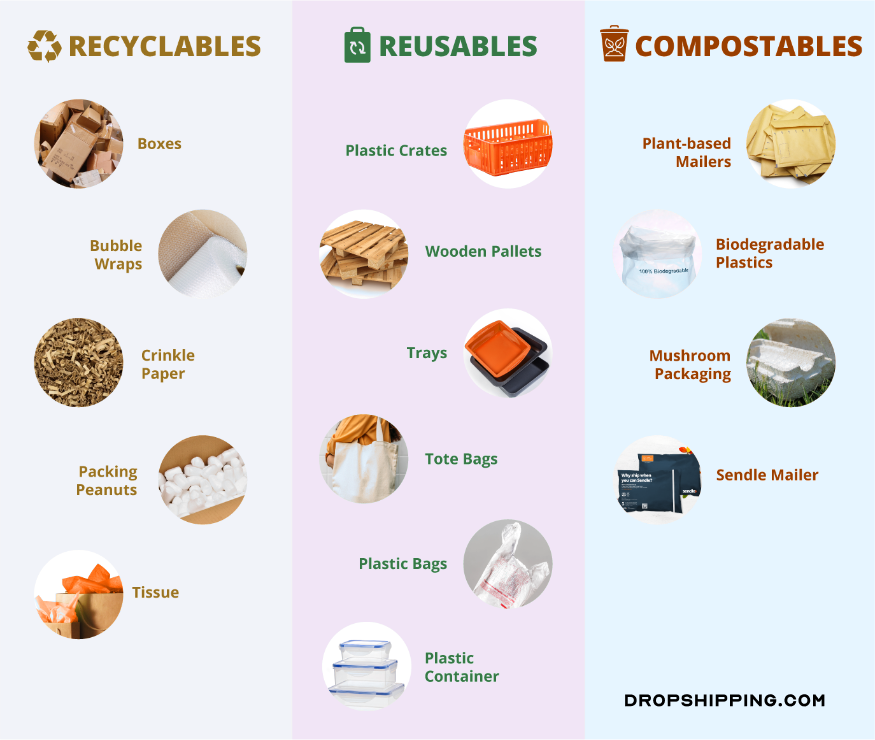
Eco-friendly materials present a promising alternative. Using recycled content for packaging helps reduce waste generation and resource consumption. So, here are some examples:
- Recycled Cardboard: This is an excellent dunnage material due to its high recyclability rate, versatility, and affordability.
- Shredded Paper: Often made from recycled paper, it’s biodegradable and perfect for filling voids in packages.
- Biodegradable Air Pillows: Made from cornstarch or other plant-based materials, they decompose naturally over time.
Each of these materials provides effective protection for products during transit while offering significant environmental benefits.
The Benefits of Using Recycled Materials as Dunnage
Choosing recycled materials for your dunnage comes with a host of benefits:
- Resource Conservation: It reduces the need for new resources and decreases waste production.
- Brand Reputation: It enhances your brand image as customers increasingly value businesses that prioritize sustainability.
- Cost-Effective: Recycled materials can often be cheaper than new ones, helping you cut costs without compromising product safety.
While transitioning to sustainable alternatives may seem daunting, it’s a worthwhile investment. Remember, every step towards sustainability not only benefits your business but also makes a positive impact on the planet.
Conclusion
The significance of dunnage for ecommerce owners cannot be overstated. It’s the unsung hero that ensures the products customers love arrive intact, undamaged, and ready to enjoy.
By harnessing the protective power of dunnage within shipping operations, you can safeguard their reputation and deliver on customer expectations every time.
Here are key takeaways to remember:
 Embrace the Knowledge
Embrace the Knowledge
Arming yourself with insights into various materials and strategies equips you to make informed decisions. This knowledge is a critical component in crafting a shipping process that stands up to the rigors of transport.
 Minimize Transit Risks
Minimize Transit Risks
Selecting the right dunnage material reduces the likelihood of product damage during transit. It’s a simple step with substantial benefits, including lower return rates and higher customer satisfaction.

 Enhance Packaging Efforts
Enhance Packaging Efforts
With the correct use of dunnage, your packaging can be both efficient and secure. This dual focus not only protects your products but also streamlines your overall packaging strategy.
As ecommerce continues to evolve, so does the need for robust packaging solutions. Dunnage is at the core of this evolution, providing a buffer against potential damage and a pillar of support for ecommerce owners aiming for excellence in delivery and customer satisfaction. Let’s continue to delve deeper into optimizing our shipping practices, ensuring each package we send out is as resilient as our commitment to quality service.
















![The Top 21 3PL Companies Compared [2025 List & Guide]](https://images.weserv.nl/?url=https://prod-dropshipping-s3.s3.fr-par.scw.cloud/2024/03/Frame-3922469.jpg&w=420&q=90&output=webp)